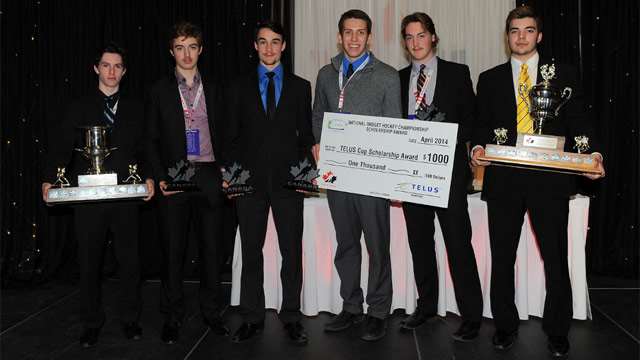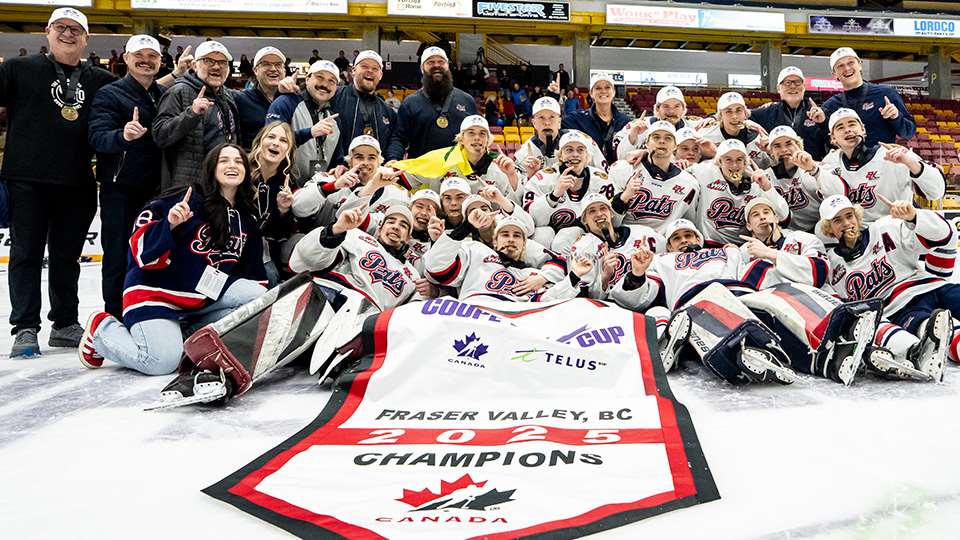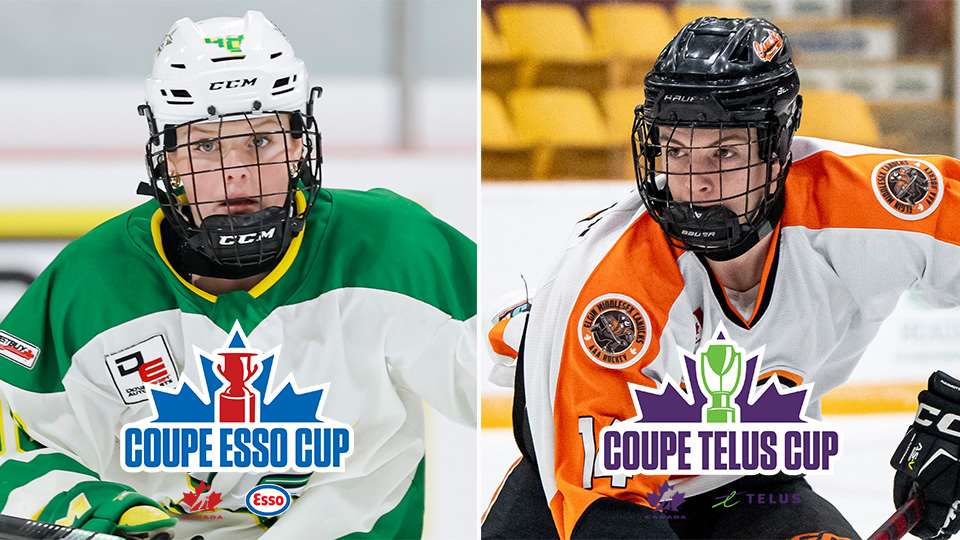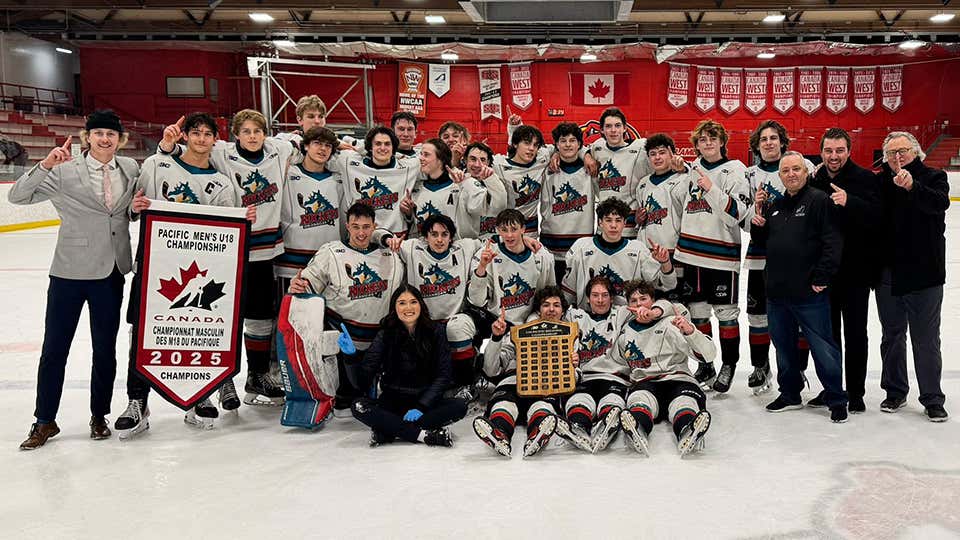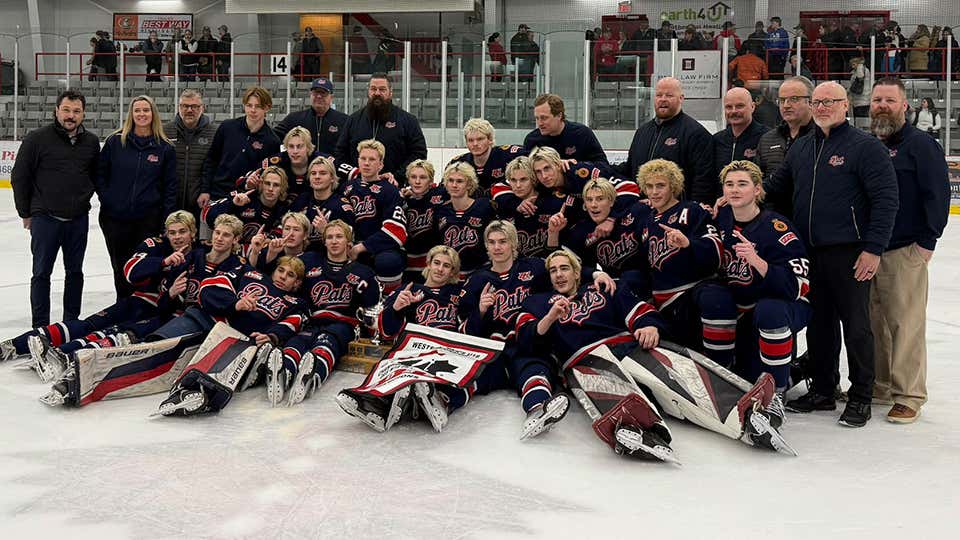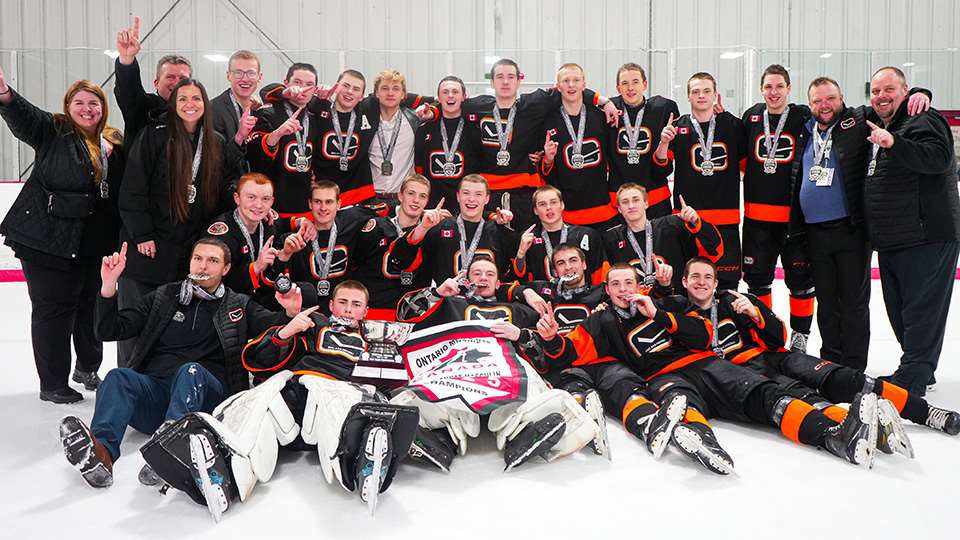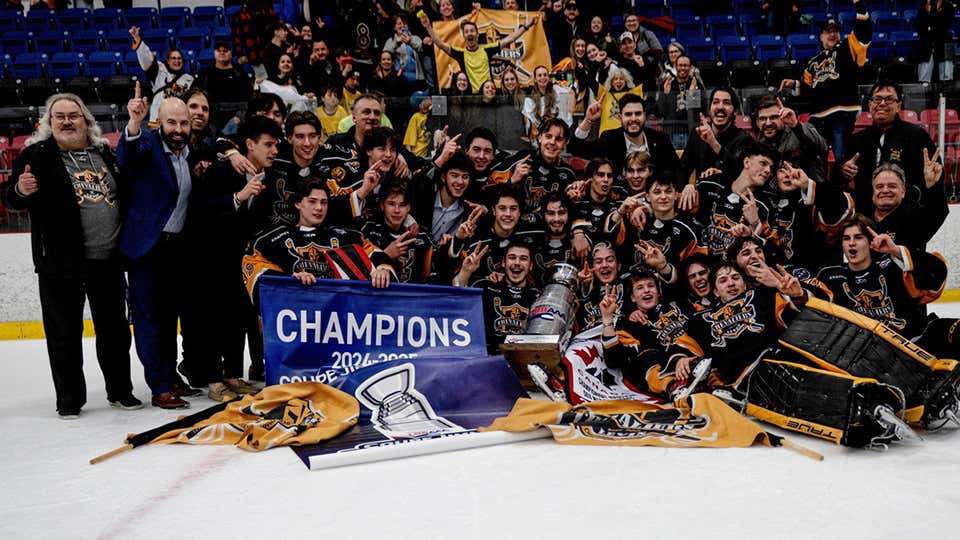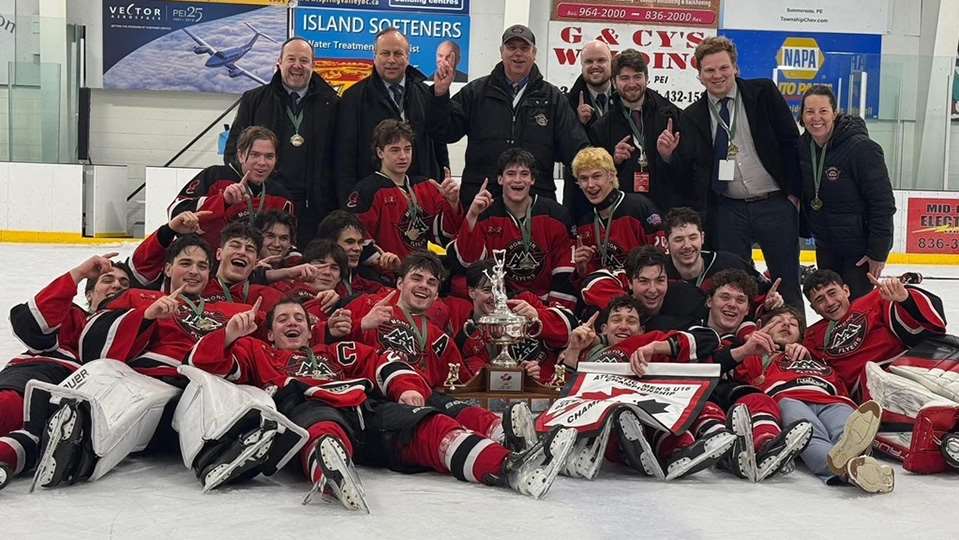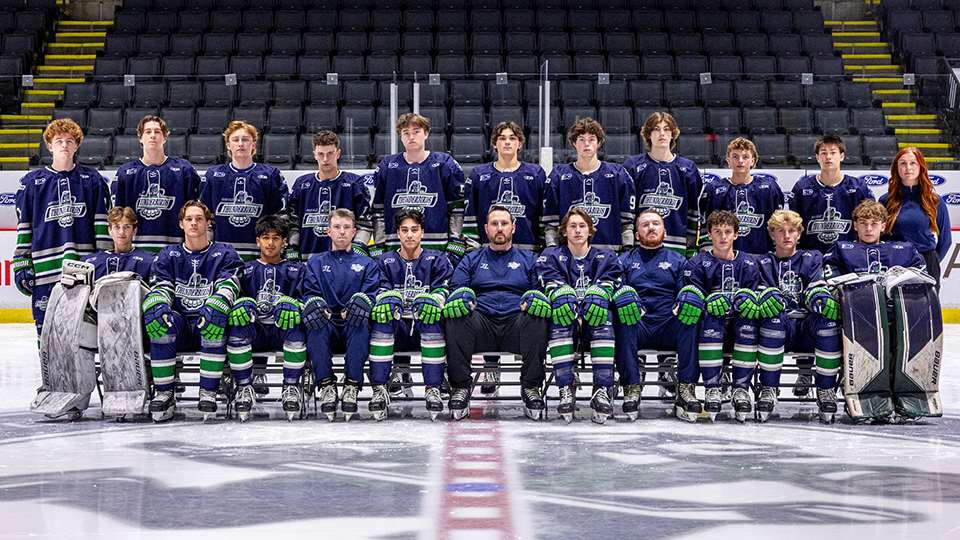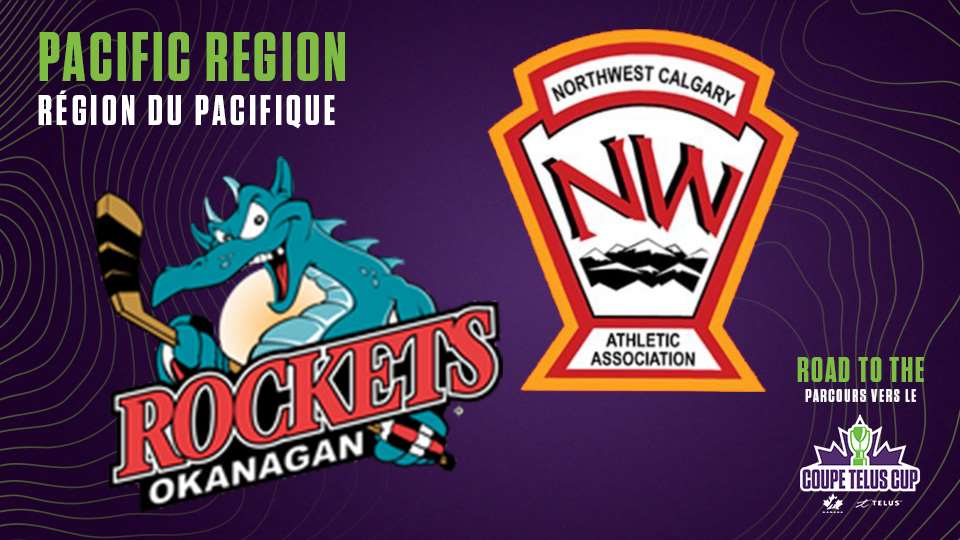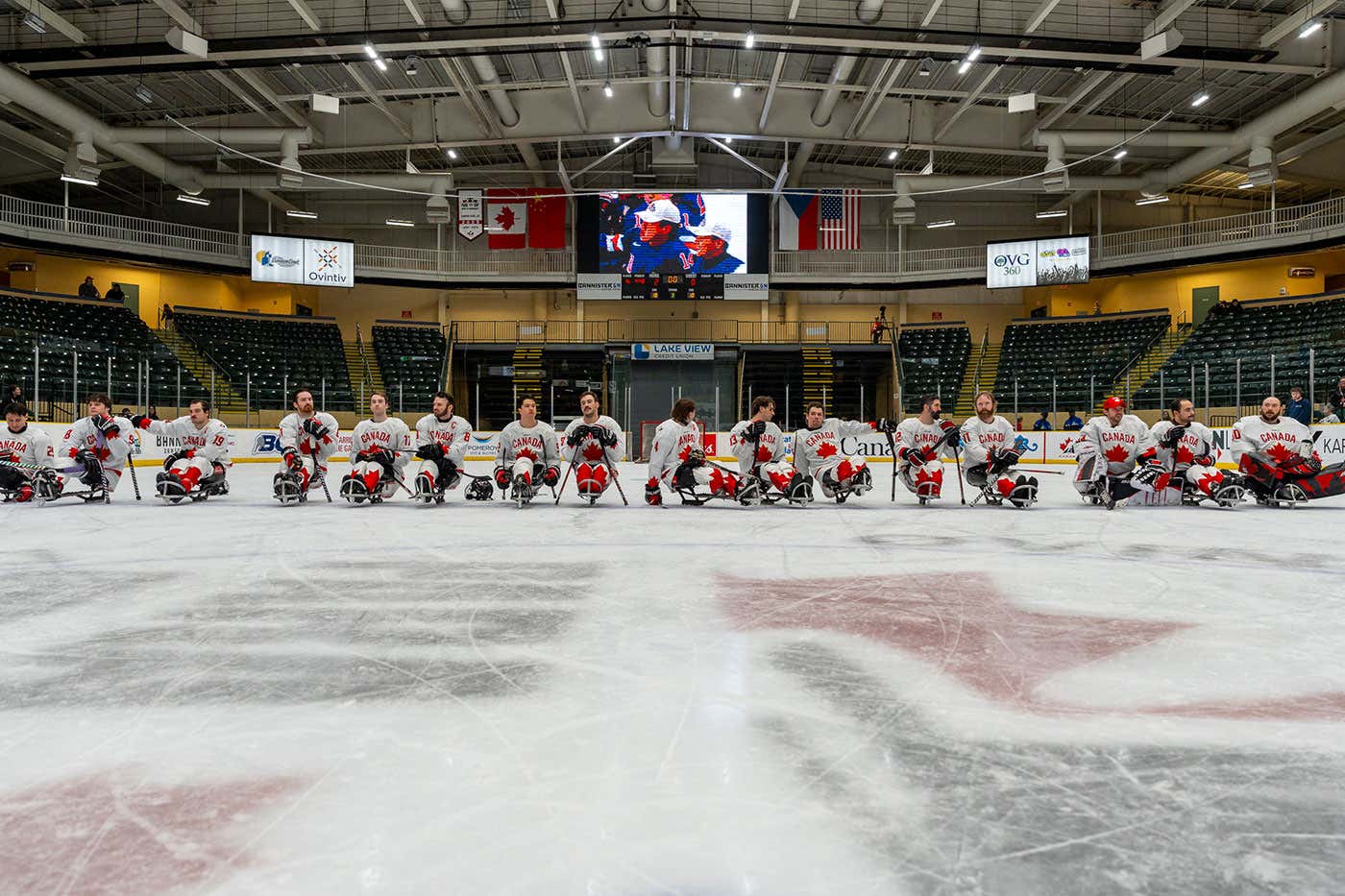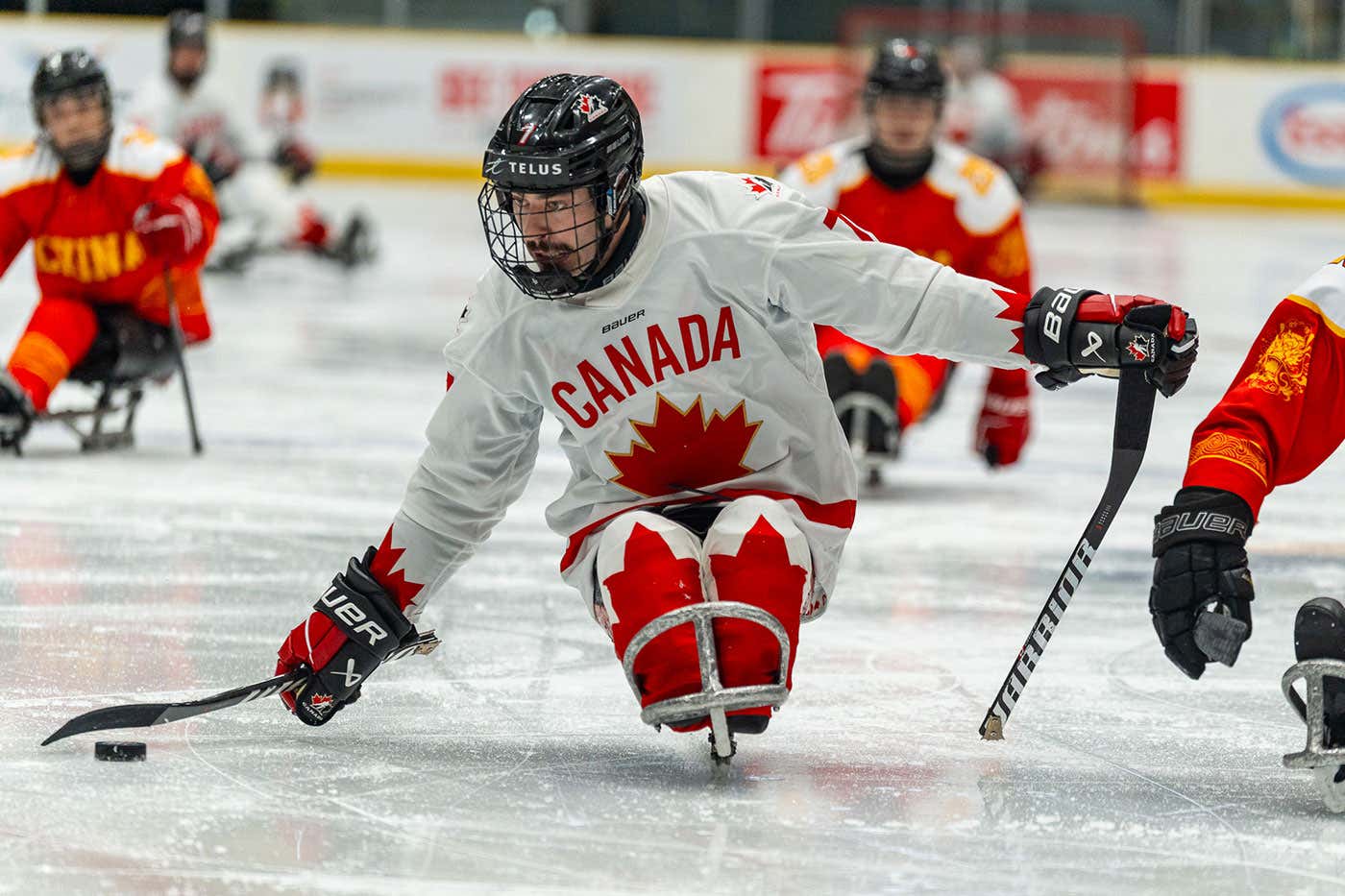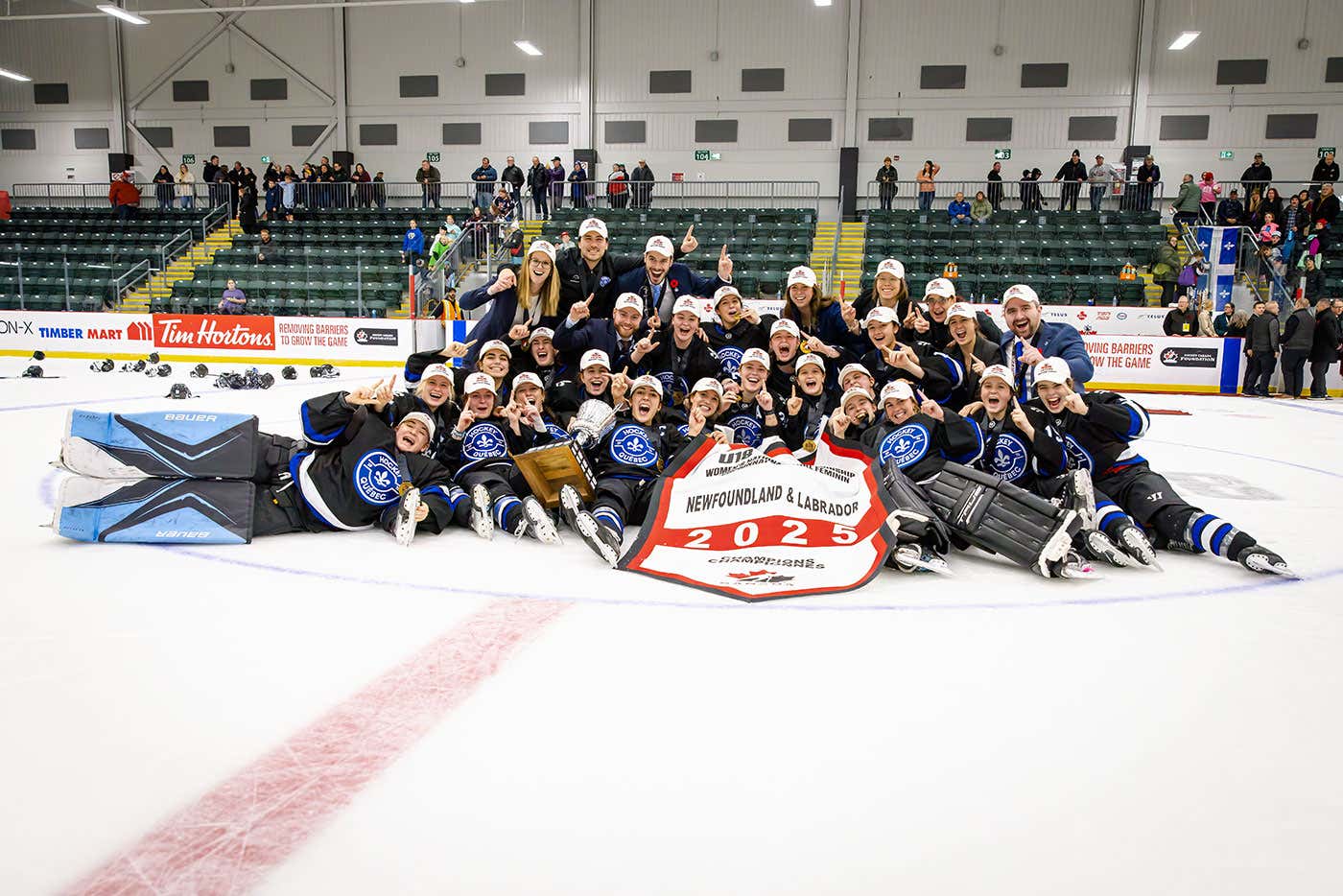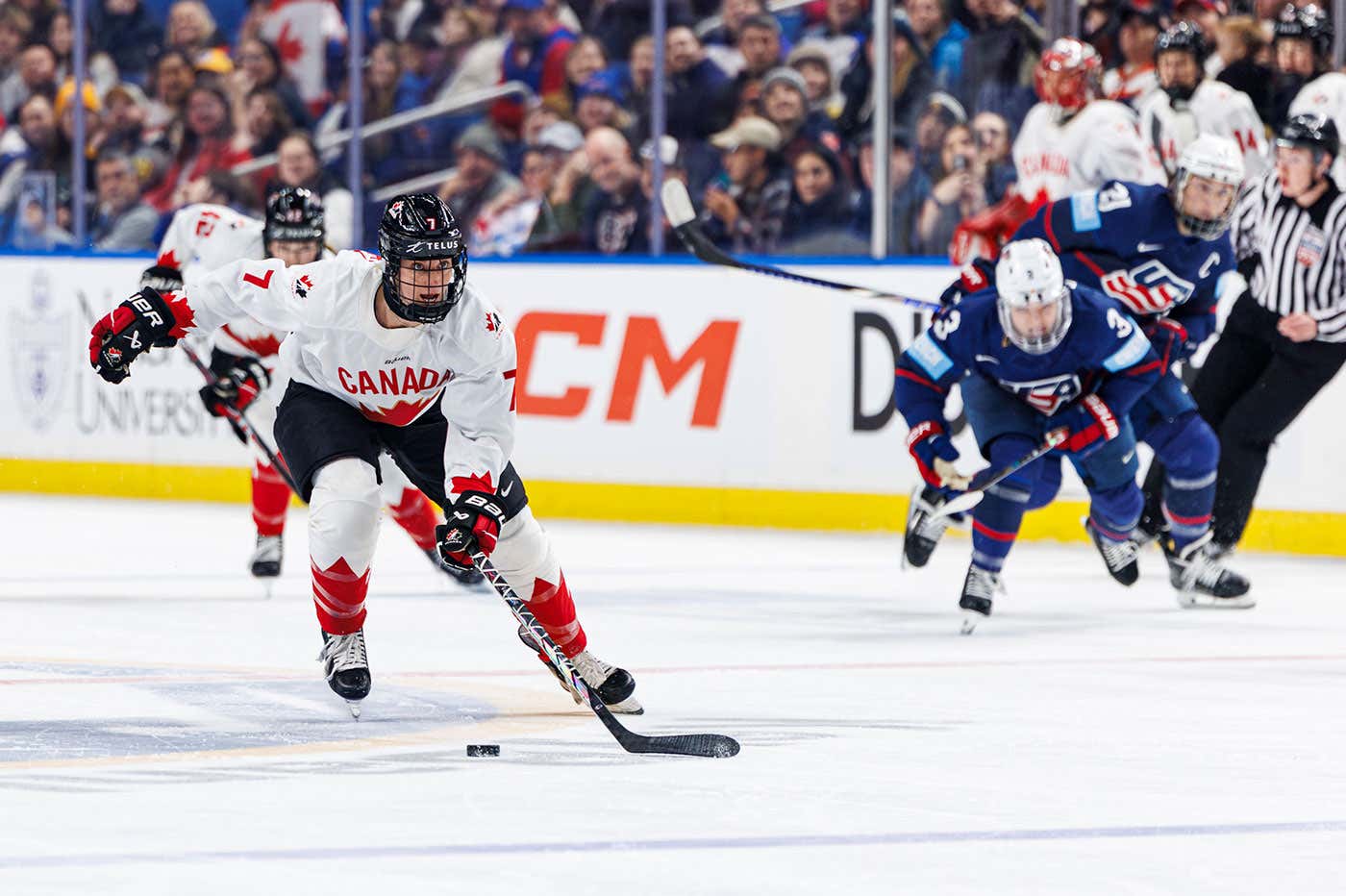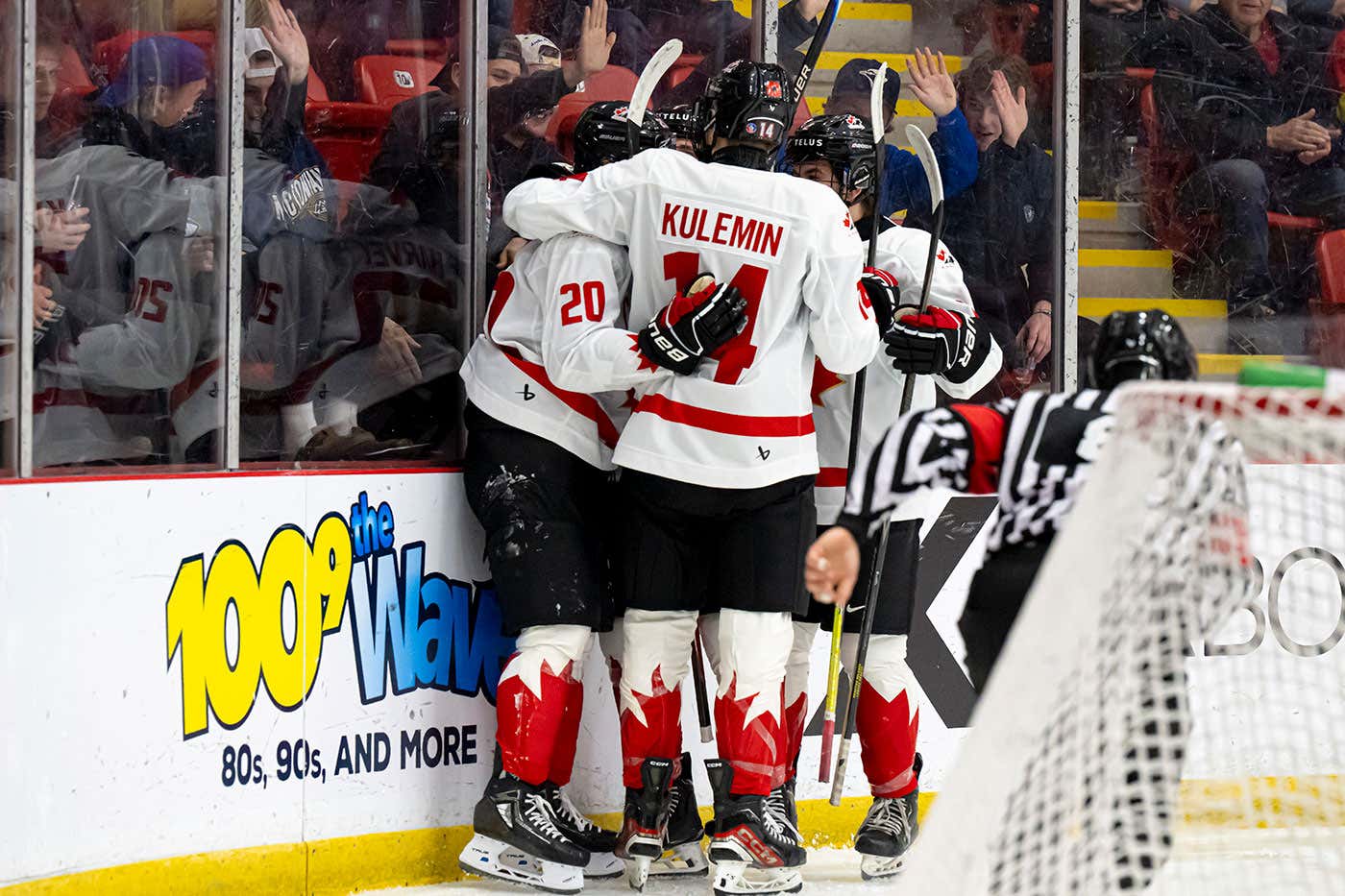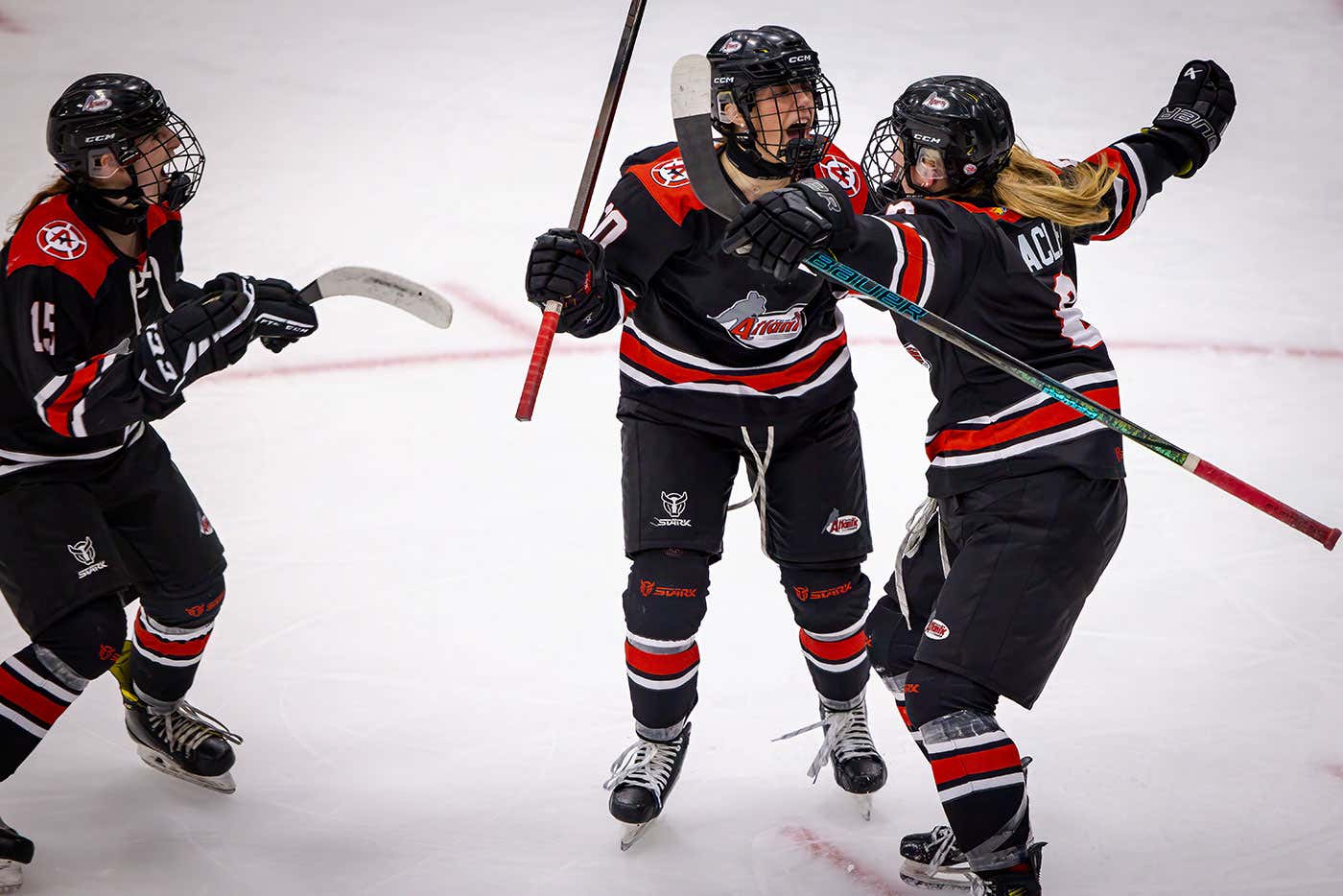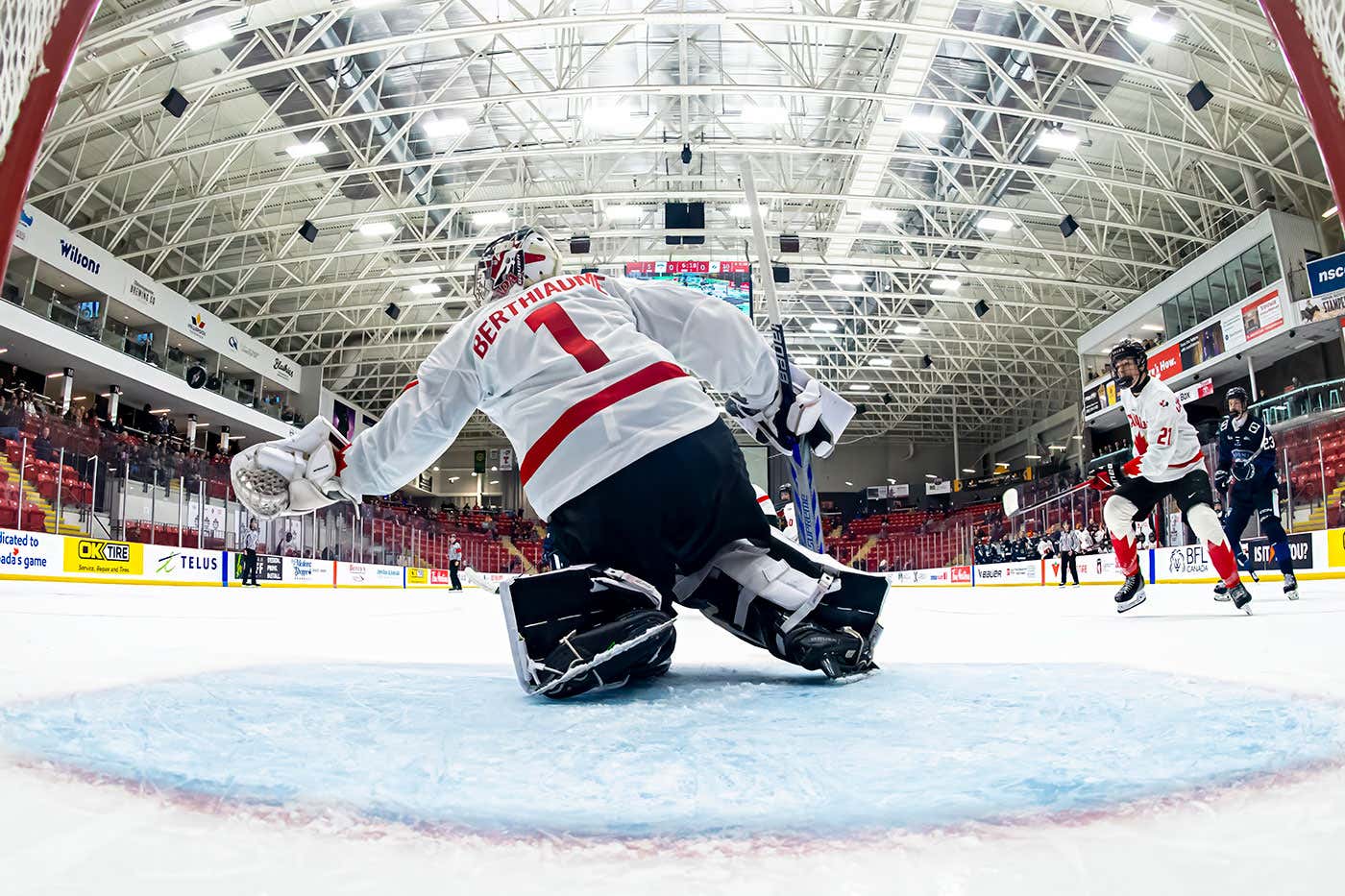There were few—if any—more qualified to lead the Indigenous initiatives at
the 2025 TELUS Cup than Hayden Guilderson.
The 28-year-old Chilliwack, B.C., product played minor hockey with the
Fraser Valley Thunderbirds as part of a hockey journey that includes stops
in the Pacific Junior Hockey League, Saskatchewan Junior Hockey League and
U SPORTS.
At Canada’s U18 Men’s National Club Championship, Guilderson—a councillor
with the Ch’iyáqtel First Nation—ensured that as five teams from across the
country joined the host Thunderbirds in his hometown, the local Indigenous
community would be front and centre.
HockeyCanada.ca caught up with Guilderson to talk about his role, the
initiatives he helped lead during the tournament and what the experience
taught him.
HC: How did you get involved with the TELUS
Cup and specifically the Indigenous initiatives?
HG: I was invited to join the TELUS Cup steering committee by a Chilliwack
city councillor who saw value in my background: a proud alumnus of the
Fraser Valley Thunderbirds and a serving councillor for a local First
Nation. Growing up playing hockey in the Fraser Valley, I understood both
the sport and its community impact. When given the opportunity, I felt a
strong responsibility to ensure our Indigenous presence was not just
visible, but impactful. This role allowed me to use my voice and
experiences—on and off the ice—to help shape an authentic Indigenous
activation that reflected our traditions and strengthened the fabric of the
tournament.
HC: Can you tell us about some of the key Indigenous elements you
helped bring to life?
HG: Several initiatives brought Indigenous pride to the forefront. Welcome
gifts for the players featured commissioned artwork from local Indigenous
artists—a symbolic gesture of cultural sharing and respect. Medal ceremony
cedar plates, hand‑carved by our community artists, carried cultural
meaning onto the podium. Most meaningful was the Dreams Come True program;
we provided 15 local Indigenous youth with full Bauer hockey gear and led a
special on‑ice skills session for them. That moment embodied why we do this
work: to break barriers, create opportunities and inspire the next
generation. The looks on their faces reminded me that representation goes
beyond symbolism—it changes lives. Finally, I partnered with local
Indigenous organizations to ensure community members had access to games
and tournament events. Each of these elements was built to be authentic,
intentional and inclusive—so everyone involved would feel our presence and
pride.
HC: Why was it important for you to be a part of this event and make an
impact?
HG: Being part of the TELUS Cup meant showcasing Chilliwack’s deep
Indigenous roots on a national stage. With teams and visitors from across
Canada in town, I wanted them to feel our city’s warmth and connection to
land and culture. It was important that our traditions were woven
respectfully into the tournament—whether through ceremony, artwork or
community involvement. This wasn’t just about representation; it was about
fostering understanding and leaving a legacy that reminds everyone of our
enduring presence. I saw this as an opportunity to set a new standard in
hockey—one where Indigenous voices are integral, celebrated and honoured.
HC: The hockey community is evolving to celebrate different cultures.
What does that mean to you?
HG: Seeing hockey become more inclusive and culturally conscious is both
heartwarming and overdue. Growing up, I faced racism and never saw
Indigenous culture represented in the sport. The TELUS Cup’s Indigenous
activations were part of a broader shift: hockey is beginning to heal,
educate and embrace new voices. Whether in tournaments or everyday
community rinks, culture is being woven into the fabric of the game. That
shift validates the experiences of Indigenous players and fans—showing them
they belong and that their heritage is valued. To me, it means hope, growth
and transformation—not just for hockey, but for the communities it touches.
HC: What did you learn personally through this experience?
HG: This experience taught me the power of collaboration and intentional
leadership. When Indigenous and non-Indigenous leaders come together with
mutual respect, results can be profound. I witnessed how voices rooted in
culture strengthen community events and leave lasting impact. On a personal
level, I was reminded of how much representation matters—especially to
youth who often go unseen. It also reinforced the importance of patience,
cultural diligence and ceremony when integrating traditions. This taught me
that authenticity takes time but yields deeper, more meaningful outcomes.
HC: What advice would you give to ED&I leaders looking to be part
of future Hockey Canada events?
HG: Show up, speak up and collaborate. Don’t be afraid to propose
meaningful change—not token gestures. Bring your culture forward and demand
that Indigenous voices be woven into the planning and execution. Build
partnerships early, involve Elders and artists in decision-making and
prioritize cultural protocols. Be patient; these changes take time, but
each step shifts the culture of hockey. Your presence and voice matter—so
use them to guide and inspire future change.
HC: If there’s one thing you hope people remember from your work at the
TELUS
Cup, what would it be?
HG: I hope people remember that Indigenous culture is not an add-on—it’s
integral. From artwork and ceremony to youth programming, I wanted the
TELUS Cup to be known as a tournament where Indigenous tradition and spirit
were genuinely woven into the event’s heart. Above all, I wanted people to
see Indigenous kids skating in full gear, proud and included. That image,
to me, is powerful and hopeful, and the legacy worth carrying forward.

